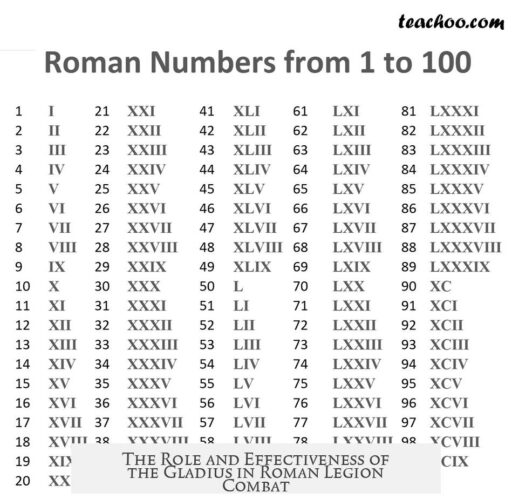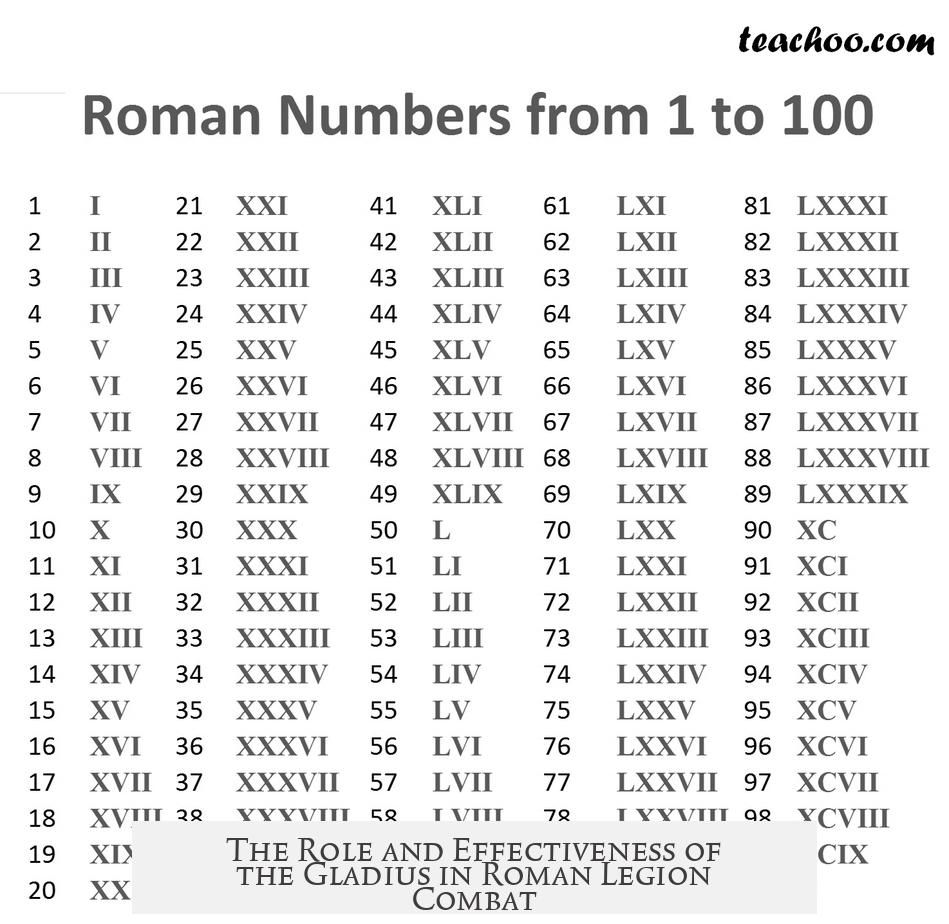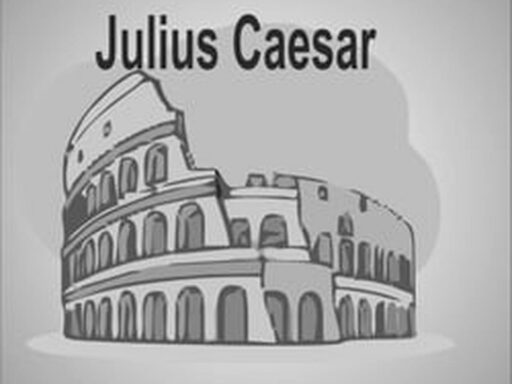The gladius served as the primary weapon for Roman legionaries because it excelled in the close-quarters combat common to Roman warfare. Its short, stabbing design matched the tactical needs of heavily armored, shield-bearing infantry, enabling lethal, precise strikes in tight formations.
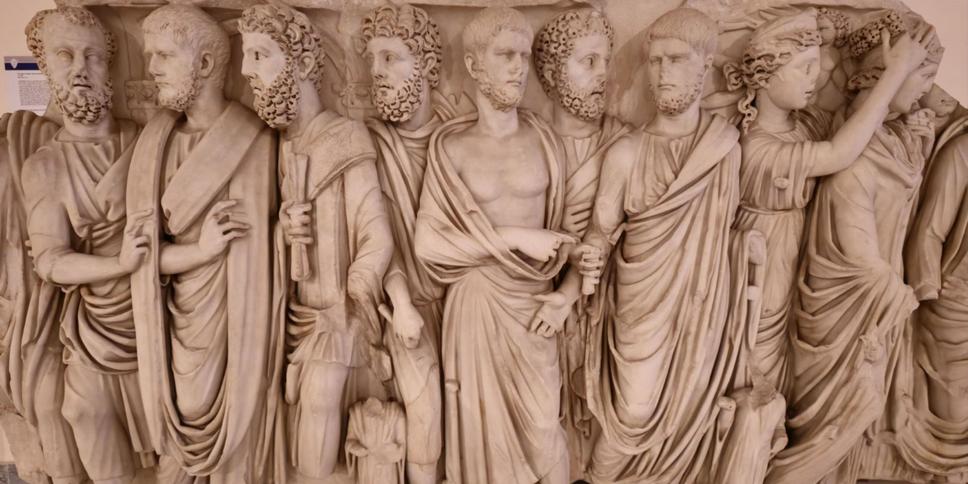
Roman legionaries fought in dense, chaotic melee environments. Their large rectangular shields (scuta) provided robust protection, allowing them to close distances safely. The gladius complemented this defense by being a weapon specifically designed for stabbing, not slashing. Stabbing was crucial because it could penetrate the heavier armor of enemies more effectively, causing fatal wounds quickly.
Roman soldiers trained extensively to master this stabbing technique. They practiced daily for hours, focusing on targeting vital points such as the neck, underarm, groin, and thigh. This rigorous training made each soldier efficient and deadly. Unlike weapons optimized for sweeping cuts, the gladius’s short blade allowed controlled thrusts within the tight space behind protective shields.
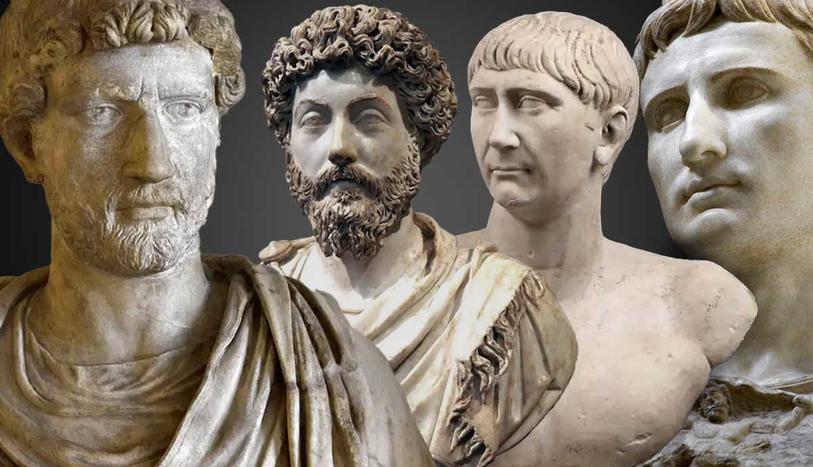
Roman tactics depended on flexibility and adaptability. Unlike the Macedonian phalanx, which relied on long spears arranged rigidly in perfect alignment, the gladius-equipped legionaries could maneuver easily. Such agility let them exploit gaps or disruptions in opposing formations and respond effectively on varied terrain. The phalanx, effective only in open flat fields, faltered when cohesion broke, while Roman legionaries adapted quickly.
Integration within a combined arms system further enhanced the gladius’s effectiveness. Legionaries carried pila—javelin-like throwing spears with iron tips and soft necks that bent after impact. The pila disabled enemy shields, forcing opponents into disadvantageous hand-to-hand combat. Once shields were compromised, legionaries advanced using their scuta and attacked with the gladius’s precise stabbing strikes, crushing enemy lines.

| Key Advantages of the Gladius | Explanation |
|---|---|
| Close combat suitability | Short blade ideal for stabbing within shield protection in tight melee. |
| Training and precision | Extensive daily practice focused on lethal thrusts to vital targets. |
| Flexibility | Easier maneuverability than long spear formations on rugged terrain or broken lines. |
| Combined arms synergy | Pila disrupted defenses, enabling gladius strikes behind strong shields. |
| Durability and material | Steel construction gave resilience over brittle iron spears. |
The gladius was made from steel, which provided durability and prevented breakage in combat, unlike brittle iron spears. This reliability was vital in prolonged engagements. The weapon’s design remained largely unchanged from the 2nd Punic War through the late Republic, emphasizing its enduring effectiveness.
Terrain also influenced the gladius’s supremacy. Battles often took place in Italy, Gaul, and other regions with uneven, wooded, or rough ground. Open terrain favored spear phalanxes, but diverse landscapes allowed the more mobile Roman legionaries to prevail. Their ability to fight in less organized formations gave them a strategic edge.
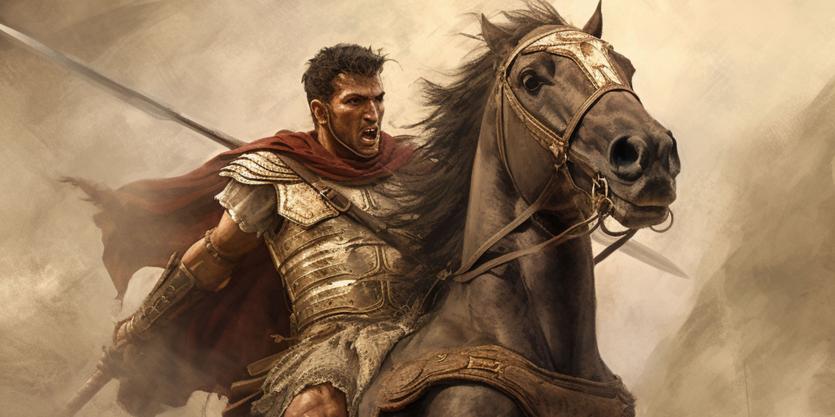
Despite the primacy of the gladius, Roman armies retained spears such as the pilum and hasta for specialized roles. Spears could disrupt enemy lines and engage at distance, but the gladius was the weapon of choice once combat closed in. This combined arms approach allowed Roman soldiers to adapt fluidly to battlefield conditions.
Over time, changes in military structure led to different preferences. The later adoption of the longer spatha in the late empire correlated with shifts in infantry tactics and social factors. Yet the gladius’s success lay in the synergy of weapon design, disciplined training, tactical flexibility, and battlefield conditions.

- Gladius is ideal for close combat behind large Roman shields.
- Training emphasized precise stabbing to vital points for fast kills.
- Its short blade allowed maneuverability unmatched by spear formations.
- Integration with pila disrupted enemy shields, enhancing gladius effectiveness.
- Steel composition ensured durability over brittle iron spears.
- Tactical use on varied terrain gave Romans an edge over phalanx formations.
- The gladius’s role was central but complemented by spears in combined arms.
Why Was the Gladius the Primary Weapon for Roman Legionaries? Why Did It Work?
The gladius was the primary weapon for Roman legionaries because it excelled in close-quarters combat, fitting perfectly with Roman military tactics that emphasized discipline, flexibility, and brutal efficiency. Let’s unpack this and discover why this short sword worked so well in the chaos of ancient battlefields.
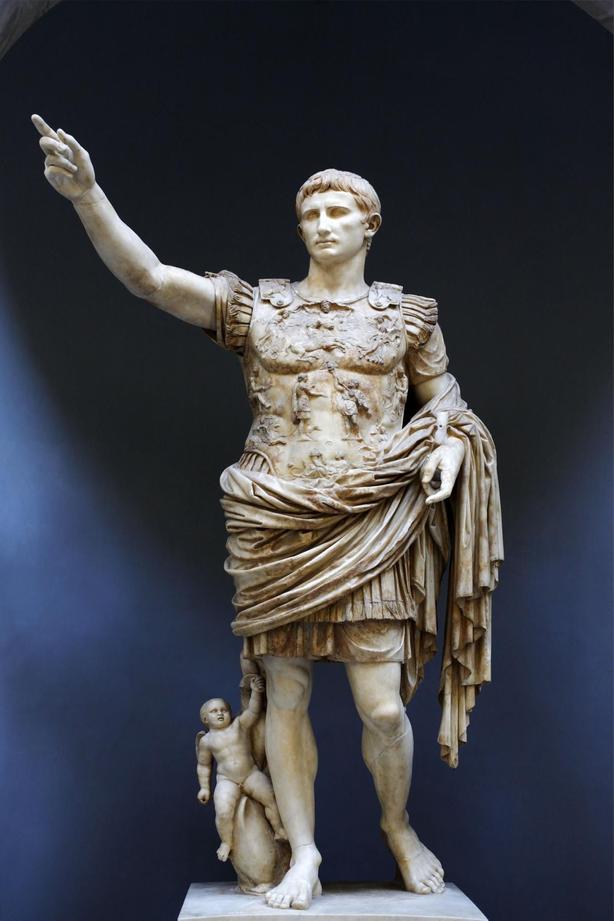
Picture a Roman legionary: shield in one hand, short sword in the other, marching through rough terrain or dense battle lines. The gladius was designed not for flashy slashes but for deadly, precise stabs that could pierce armor and end fights quickly. It’s not just about the sword itself, but how Romans wielded it that made it legendary.
Close-Quarters Combat: A Perfect Match
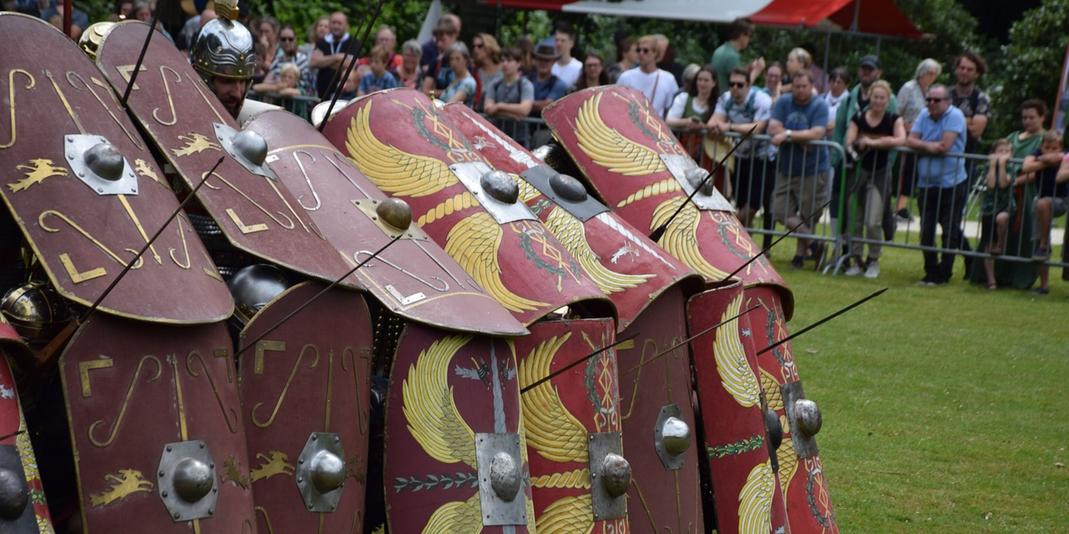
Roman legionaries carried large, rectangular shields called the scutum, which protected them from head to shin. This gave them a significant edge over enemies with smaller shields or none at all. Because of this superior protection, Roman soldiers could confidently close in on foes without fearing initial blows.
Now, why a short sword and not a spear or long blade? The answer lies in the nature of infantry combat. Battles weren’t elegant duels; they were tight, messy clusters of soldiers packed shoulder to shoulder. A long weapon gets tangled or is difficult to maneuver in such chaos.
The gladius was compact—generally about 18–24 inches long—and perfect for stabbing in confined spaces. Roman soldiers trained tirelessly to stab, never to slash. Stabbing meant plunging the blade between joints or into vital spots like the neck or under the ribs, places where an enemy’s armor was weaker. This deadly precision was crucial. A few inches of a well-placed gladius thrust could be fatal.
Training and Technique: The Secret Sauce
Imagine a Roman legionary practicing four hours daily on a wooden post called a Castra. You might picture a disciplined boxer throwing jab after jab from behind a massive shield. That’s exactly how Roman soldiers drilled their stabbing techniques.
This rigorous training turned every legionary into a lethal machine. They didn’t randomly slash; they aimed for key points systematically. Their commitment meant that in real combat, their gladius strikes were focused, fast, and efficient.
You can’t underestimate the difference training makes. Other armies might wield longer weapons, but without precise technique and practice, their strikes lack lethal impact. The Roman legions’ mastery of the gladius is a testament to how skill can elevate a weapon’s effectiveness.
Flexibility and Tactical Advantage Over Spear Formations
In contrast to the gladius, armies such as the Macedonians fought in massive, rigid spear formations known as phalanxes. These massive walls of spear points created a deadly barrier in open battlefields but came with significant downsides.
Phalanx formations required perfect alignment and flat terrain to function well. A single misstep or rough ground could shatter their cohesion. Once that happened, their long spears, as fearsome as they were, became a liability.
The gladius-equipped Roman legions embraced flexibility and mobility. If a phalanx broke under pressure or uneven ground disrupted it, Roman soldiers could leverage their short swords and large shields to exploit those openings with swift, close attacks. They closed in fast, dodged or avoided the spears, and turned the enemy’s strength into weakness.
The Power Duo: Pila, Shield, and Gladius
The Roman weapon system wasn’t just about the gladius alone. Legionaries famously carried two pilum—javelin-like spears with iron heads and distinctive soft iron necks. They threw these at the enemy to disrupt formations and render enemy shields ineffective.
Here’s the twist: upon impact, the soft neck of the pilum bent, making enemy shields cumbersome and often forcing soldiers to abandon their shields altogether. Imagine being the enemy, expecting your shield to protect you, only to have it become a dead weight.
With enemy shields compromised, the Roman legionaries advanced behind their own solid scutum, protected and ready to jab home with their gladius. The combination was deadly: first break the enemy’s defense with pila, then close in with the stabbing gladius backed by the shield.
Material Durability Matters
The gladius had a durability advantage too. While enemy spears were often made from brittle iron prone to breaking, the gladius was forged from steel. Steel swords could bend under pressure but didn’t snap. This reliability meant Roman soldiers could count on their weapons lasting through intense combat without failing.
Durability on the battlefield isn’t just convenience; it’s survival. A broken weapon in battle is a disaster, but the gladius rarely let its wielder down.
Historical & Contextual Factors
The Romans adopted the gladius well before the famous Marian reforms, around the time of the 2nd Punic War. Its continued use over centuries shows it wasn’t just a trend but a tested, dependable weapon system embedded in Roman military doctrine.
This system emphasized close combat, tight formations, discipline, and relentless training. The soldier mattered immensely—guns don’t win battles, people do, and the gladius gave Roman soldiers the right tool to perform their role well.
Changes to longer swords like the spatha in the later empire reflect shifts in infantry status and tactics rather than failure of the gladius itself. The weapon worked excellently under the conditions created by Rome’s military structure.
Terrain Advantages
Terrain also favored the gladius. Battles in Italy, Gaul, and beyond often involved varied, uneven ground not suited to long spear formations. The Romans’ short swords allowed them to fight effectively in forests, hills, and rugged areas where a clumsy phalanx would break.
For example, at the Battle of Pydna, after initial Roman difficulties against the Macedonian phalanx, terrain and Roman flexibility helped them disrupt the phalanx formation and crush them. It was a win for mobility and adaptability over rigidity.
Coexistence of Spears and Swords
One last piece to the puzzle: Romans never relied on one weapon alone. Alongside the gladius, they continuously used spears like the pilum and hasta (thrusting spear). Each had a role in the battlefield ecosystem.
The spears were for throwing or initial engagement, the gladius for lethal close-quarter work. This combined arms approach gave Roman forces tactical depth unmatched by many armies of their time.
Final Thoughts
The gladius worked brilliantly because it fit the soldier, the fighting style, and the conditions. It was short, durable, and deadly when used with discipline and precision. It complemented large shields and throwing pila to decimate enemies swiftly. The result? A weapon perfectly aligned with Roman military genius.
So next time you see a Roman legionary in a movie or museum, remember: that short sword wasn’t just a sword. It was the key to Rome’s might on the battlefield, forged by training, tactics, and well-thought-out strategy. A stabbing masterpiece that made Romans feared for centuries.
